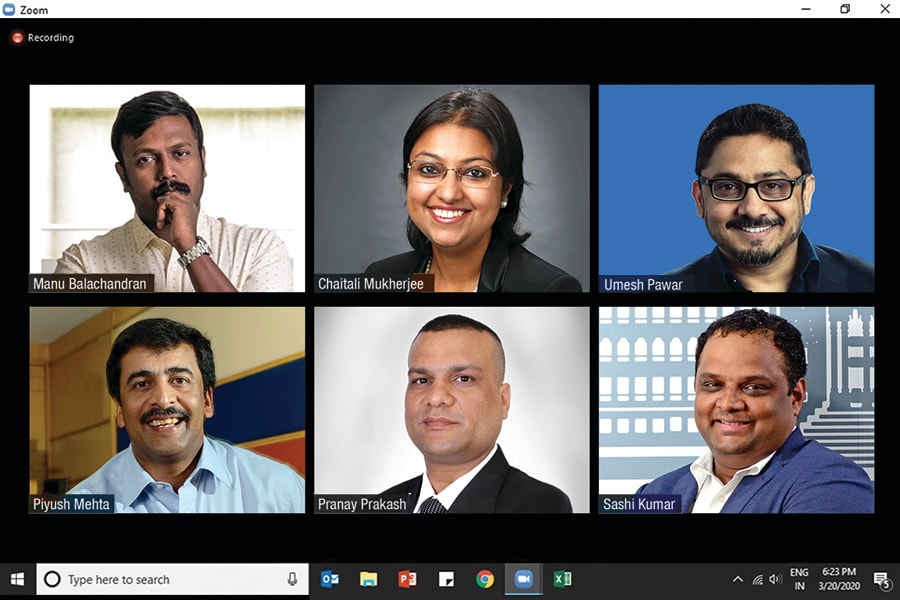
Forbes India CHRO Dialogues–The Talent Agenda Round Table
Emerging prominence of the CHRO as the custodian of a company's future

The outcome of this simple truth is that although digital transformation is usually seen from the perspective of the CEO, CIO, CTO, and CFO, the Chief Human Resources Officer (CHRO) may be one of the most important C-suite executives at a company to see this through. By ensuring that the right people are hired for the right job, they are implicitly driving the company’s agenda forward. Today, CHROs have the crucial task of finding talent for jobs that probably didn’t exist a few years ago and for tasks that may be created in the future—using a mix of old-school and new technologies.
To delve into what makes the 21st century CHRO tick, what it takes to be successful at this reimagined job profile and ensure the right talent is brought on board, the opportunities and challenges in the new scenario and other related themes, Forbes India hosted India’s 1st ever roundtable-turned-virtual conference of path-breaking CHROs. Remotely moderated by Manu Balachandran from Forbes India, the panellists included Yuvaraj Srivastava, Chief Human Resource Officer, MakeMyTrip; Piyush Mehta, Chief Human Resource Officer, Genpact; Pranay Prakash, Head Human Resource Business Partner, Delhivery; Chaitali Mukherjee, Leader – People and Organisation, PwC; Unmesh Pawar, Partner & Head — People, Performance & Culture, KPMG; Kabir Julka, CHRO, American Express India and Sashi Kumar, Managing Director, Indeed India.
The event began with each of the participants setting the tone for the deliberations that followed by defining their impressions of their evolving role. Outlining the broad transformation in the role of the CHRO, Chaitali Mukherjee explained how earlier, heads of HR were preoccupied with operational issues but today, they are constantly seeking out talent. “It’s about getting the right talent at the right time, for just the right length of time. I need to ensure a ready pool of talent is available to meet my company’s requirements,” she affirmed.
Choosing to differ, Piyush Mehta suggested that the role of the CHRO has not changed; the context in which it is delivered has. “The CHRO was always responsible for serving the talent and people needs of the organization. The methods, delivery mechanisms, leverage and ecosystems used to deliver that have changed,” he said.
In an effort to offer a perspective of the larger picture, Unmesh Pawar shared, “The CHRO is now being tasked to become an anticipator of what the future has in store for the business. With ongoing digital disruption and goals of agility and market relevance, having the right talent and the right leadership to navigate the future has become essential. We also have to steer through the generational drift that is emerging.”
Commenting on the pace of change and what is driving it, Pranay Prakash said, “In the past, change took place over a couple of years; now, it takes place in a couple of months or even less.” He also pointed out that the demographics of the workforce are changing more rapidly than in the past and the demands of businesses are changing proportionately. “Companies are constantly looking into new products and services to bring to the table for the employees, customers and stakeholders.”














